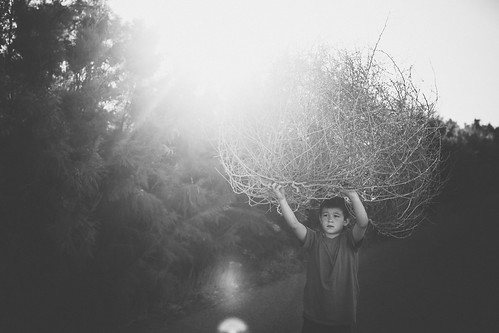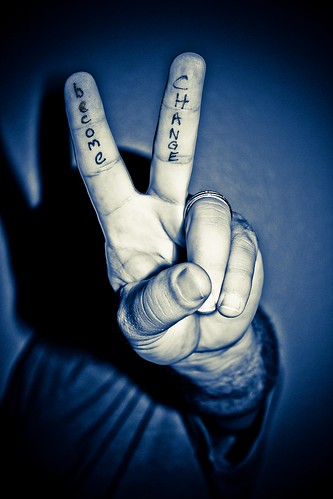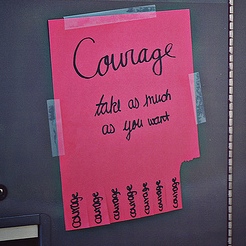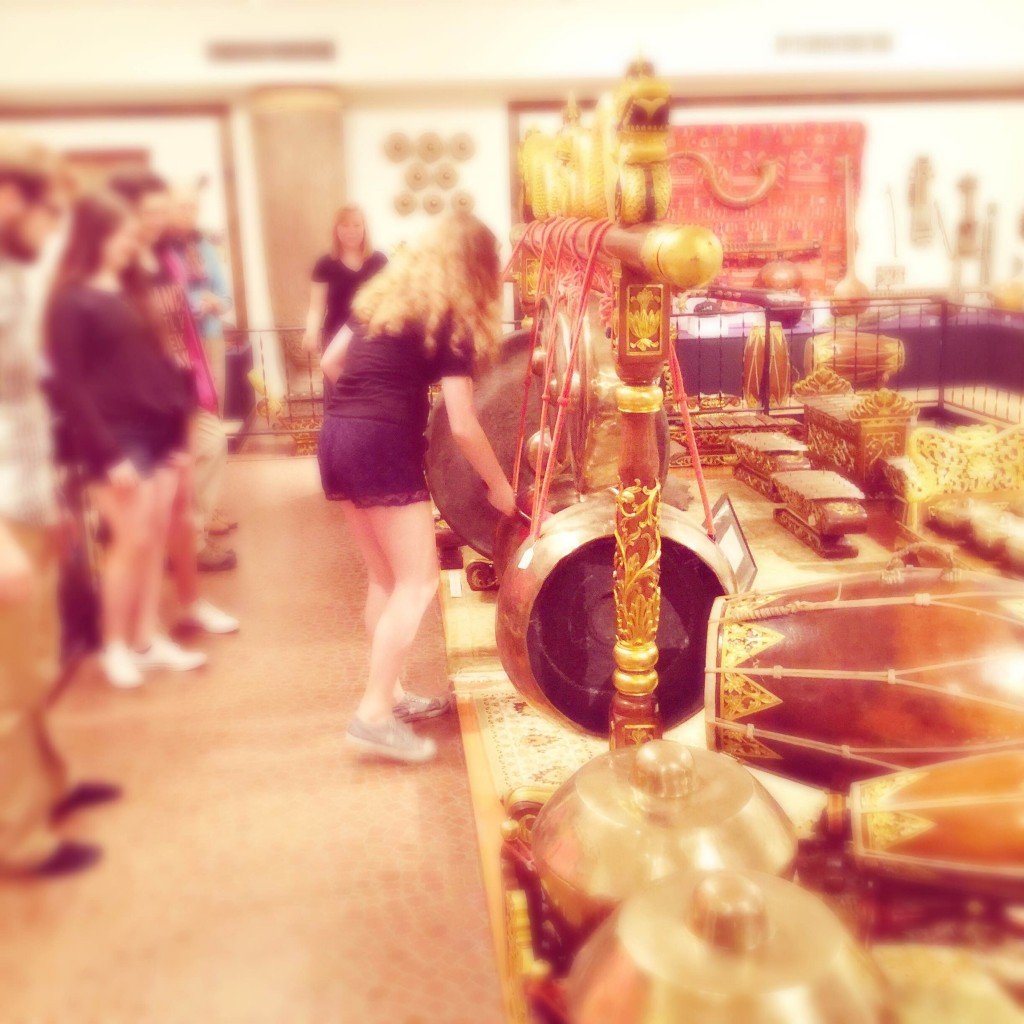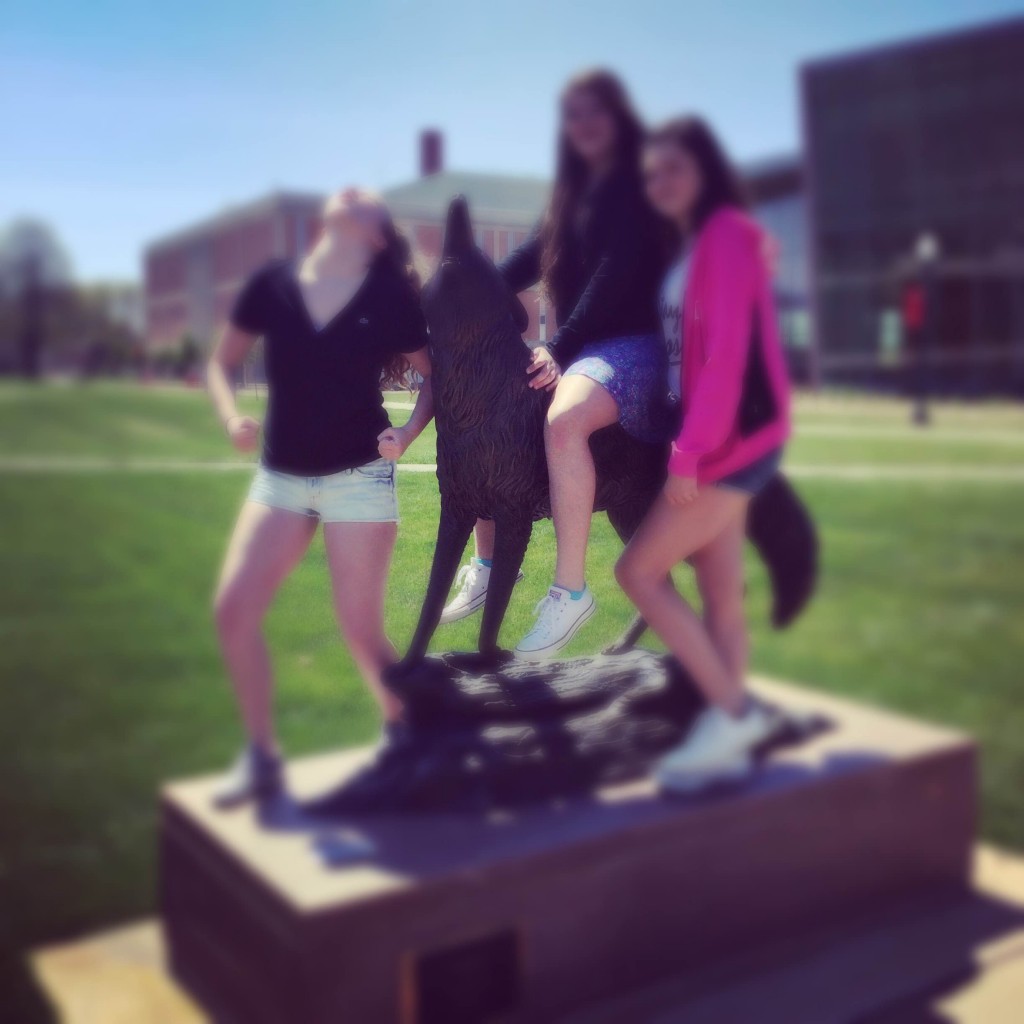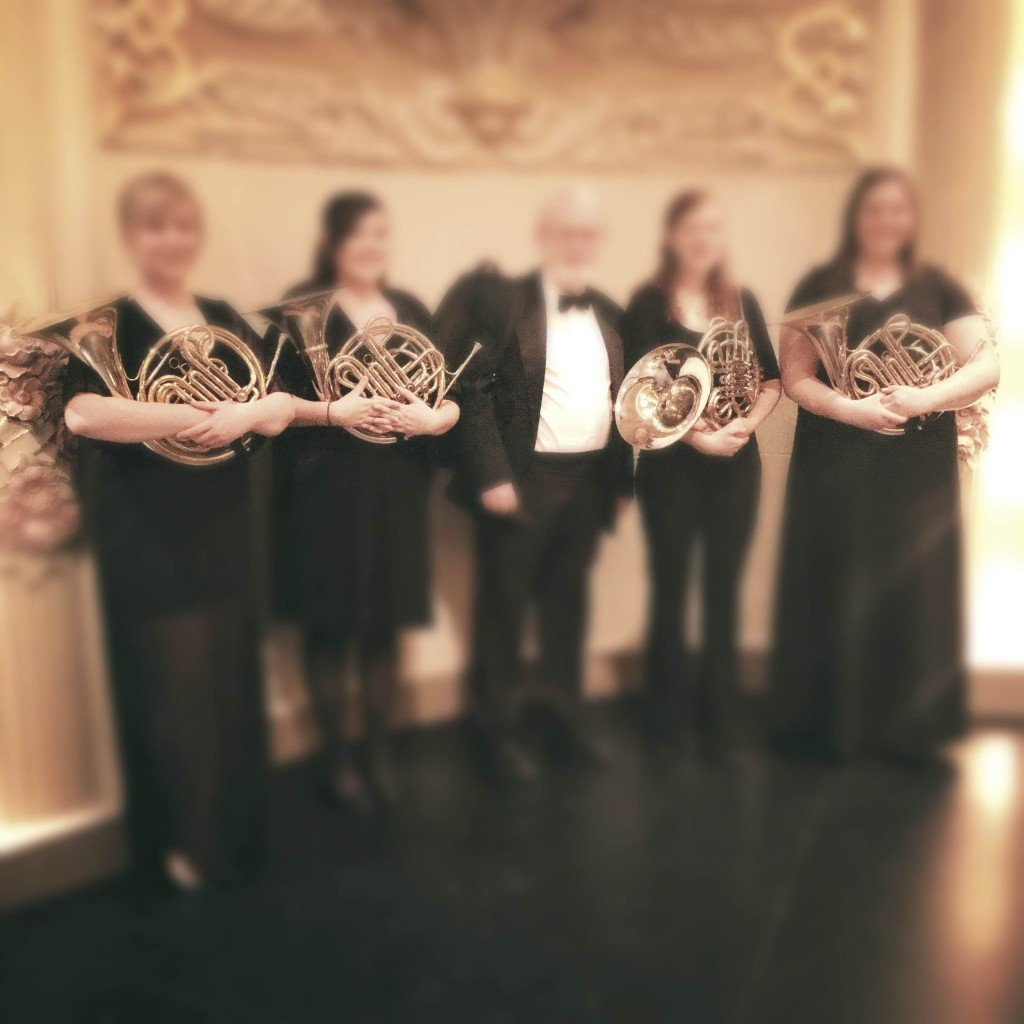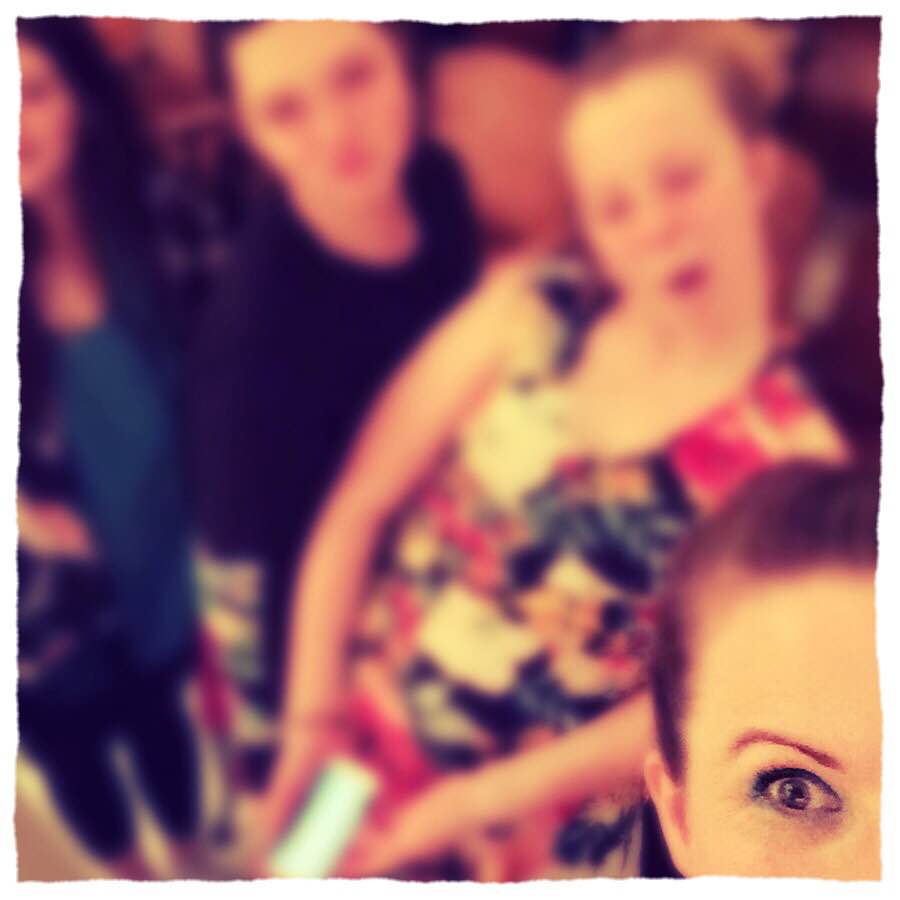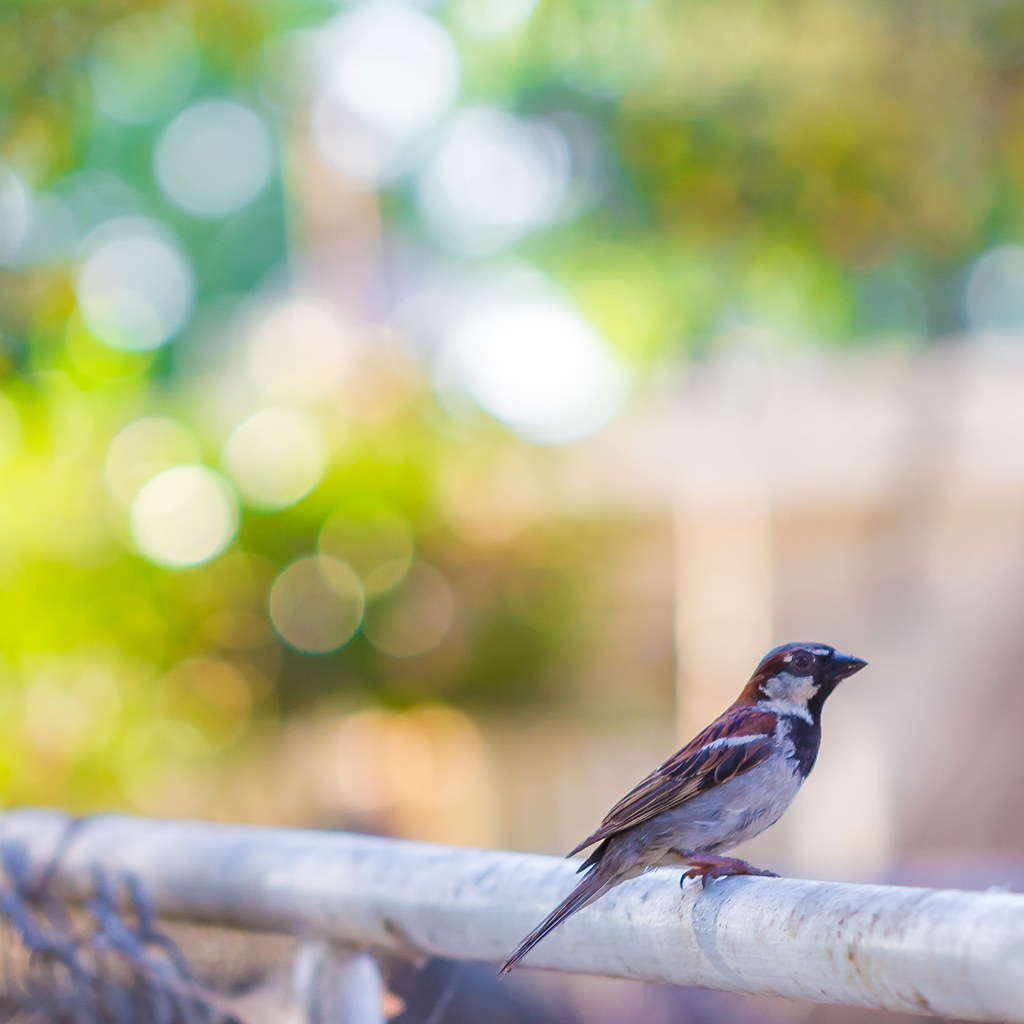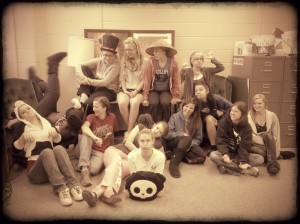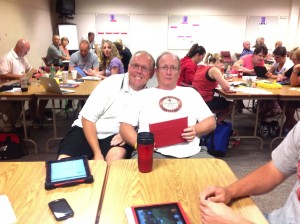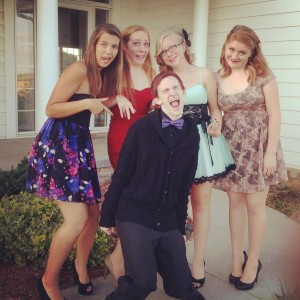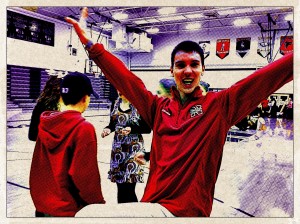This is cross-posted HERE.
Last night I was fortunate enough, along with my husband, daughter, and father-in-law, able to see Dr. Jane Goodall speak on the opening night of her lecture series in my hometown of Omaha. The tickets were free to the community thanks to the sponsorship of Dr. Goodall’s good friend, Omahan and fellow conservationist, Tom Mangelsen.
My mini-takeaways from Dr. Goodall’s lecture:
- Life is full of magic.
- Don’t squander opportunity.
- Books. Read them. Read, read read.
- Social media can be used for good!
- Risk leads to learning.
- Learning is everything.
- Love and compassion DO make a difference.
- Dogs are great teachers.
- Life is an adventure.
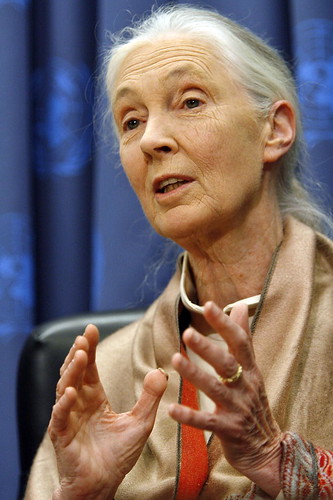
United Nations Photo via Compfight
A mix of takeaway and reflection:
Apathy is a problem today–for adults, but of even more concern–for young people. (I am a teacher, so this is something I see everyday.) One thing that Dr. Goodall said that touches on this is: “When youth loses hope, there is no hope.” Something that I would love to be able to do is to tap into my students’ passions and ensure that apathy is not an option for them. I want them to care about something–anything–so much that they can’t be apathetic about the world. I have felt the sting of apathy in my own life. It is easy to become numb. It is easy to brush off the things that we care about because sometimes caring about things hurts. Apathy can be a form of self-preservation. When you know that there are people out there hurting animals, when you know that there are people out there raping the land, when you know that there are people out there who don’t care about other people, sometimes it’s easier to steel yourself to avoid the pain of awareness. The pain of awareness can force one to act. Action isn’t easy. Apathy is. This is exactly why apathy is so dangerous.
When youth loses hope, there is no hope.
~ Dr. Jane Goodall, March 11, 2016, Holland Performing Arts Center in Omaha, NE
It’s hard to be one person trying to make a difference, especially when it feels like, as an individual, you can’t make one. Last night, Dr. Goodall addressed that. She reminded us that there are people in this world who do care. The reason we have 500+ whooping cranes in the world right now, when not too long ago we only had 12, is because people cared about them (and what it would mean to lose them).
Dr. Goodall spoke of the children she worked with through Roots and Shoots. (Some from the Omaha group were in the audience last night.) She talked about how kids “get it”. She talked about a young person who made sure to turn off the tap to conserve water, instead of allowing the tap to run unnecessarily. That one young person might not make much of a dent in the water conservation movement, but if that young person and other individuals band together, it does make a difference. When there is a network of people working toward the same goal, a change will be made. Sometimes it’s hard to see the big picture when you’re just existing in your own little bubble. But that shouldn’t stop you from doing what is right. When you do the right thing it adds to the sum of all the other people doing the right thing. When you give up, it subtracts from the good of the cause.
There are so many things that we do every day that are detrimental to the world around us. When you go to the gas station and you buy a disposable beverage container, that’s a decision that is detrimental to the environment. That’s a decision that I make far too often. When you decide to drive somewhere when you could easily walk or ride a bike, that’s detrimental to the environment. When you give in to societal pressures on food choices, on the vehicle you drive, on how you spend your time and money, ask yourself if it’s something you need, or how it might affect the environment.
There are four things that give Dr. Goodall hope. 1. youth (As long as we have young people who care, we have a fighting chance.) 2. the human brain (The human brain can be used to think up all sorts of awful things, but it can also be used to think up amazingly wonderful things too. It’s the wonderful side of things that give us hope!) 3. the resilience of nature (Dr. Goodall’s discussion of Gombe National Park’s regeneration is good example of this.) 4. the indomitable human spirit (Dr. Goodall herself is this personified!).
She shared with us stories from her time on her grandparent’s farm. She grew up in London, so although she was able to interact with pigeons and earth worms, she didn’t have much face-to-face time with animals, until she spent some time on her grandparents’ farm. She says she was born loving animals, so this was nothing new, but this face-time awakened the young scientist in her. She recounted wondering from where an egg was issued, since she couldn’t observe a hole the size of an egg anywhere on any of the hens she’d encountered. No one in her family seemed to have a satisfying answer, which spurred her to seek the truth on her own. This led to her hiding out in the coop quietly, (much to the astonishment of her family, who had no idea where she was) long enough to find the answer to the question that no one seemed willing to give her.
She also had no problem naming some of the things that are harming our world in a scary way (in her word’s “Climate change is real. Science tells us so.”)–reckless burning of fossil fuels, cutting down trees (something that gets worse and worse each year in Nebraska–the supposed “Tree Planter’s State”), and the consumption of cattle. She said, “It’s strange that people believe in unlimited economic growth on a planet with finite resources.” She mentioned all of the similarities between chimpanzees and humans and noted that humans are the smarter of the two species. Our DNA is very similar, but humans are superior in intelligence. She noted sadly, “The creature with the most intellectual capability is destroying its own home.” The message here? Ask yourself, “How will what I do today–in this very moment–affect future generations?” It seems so lofty, but if we work toward a better future, we will have a better today.
Dr. Goodall’s lecture last night made me feel so much better about Truth Farms CSA. We started this business three years ago. We had fantasized about it for long enough. I finally told Caleb that if we weren’t going to do it, we could no longer talk about it, so we did it. He quit his job (big risk) and we shifted our focus to learning everything we could about responsible, sustainable farming. (He already had a background in horticulture, but there is always more to learn.) Then we put what we already knew and what we learned into practice as best as we could. We made our mission to treat our animals kindly and with compassion and to be stewards of our land. Even though we’re doing many things right, there are so many more things we could be doing. Dr. Goodall touched on the detrimental effects of agriculture, which is not a popular stance in Nebraska, understandably, considering how much our economy relies on the industry. But that doesn’t mean we shouldn’t think about how to make it better. That doesn’t mean we shouldn’t act on making it better. We don’t make very much money running our CSA, but we believe in what we do. Our hope is that one day all of our customers will have gardens of their own and we can share and barter the way people used to.
Hearing Dr. Goodall speak of her hope for the future gives me hope and it also reminds me that apathy is not an option. Even though it hurts to build awareness of all of the ugly things going on in the world, it is up to us to confront it and to take small steps to add to the network of small steps that people are taking around the world.
Seeing one of the people that I’ve admired since childhood speak last night was a once-in-a-lifetime opportunity, and I don’t want to squander her message. Apathy is the enemy because apathy makes it easier to ignore the things that you can do better. I am happy to think of the things that my family and I do right, and I am overwhelmed to think of all of the things we do wrong or could do better. The hard part is keeping that fire alive so that we continue to care and continue to strive to do better.
I encourage you to learn more about the Jane Goodall Institute and consider supporting this worthy cause.
Also, if you live in southeast Nebraska, or are visiting, please stop and see Tom Mangelsen’s amazing art gallery too. Tom, if you’re “listening,” know that you gave Omaha a huge gift when you sponsored Dr. Goodall’s lecture. It’s easy to look at Dr. Goodall’s body of work and be inspired by it from afar, but it there’s no comparison to seeing her speak in person–the compassion in her voice and the kindness of her posture. A sincere thanks to Tom Mangelsen and anyone else who made it possible for the Omaha community to see her speak in person. My daughter, who is 13 will remember this for a lifetime.
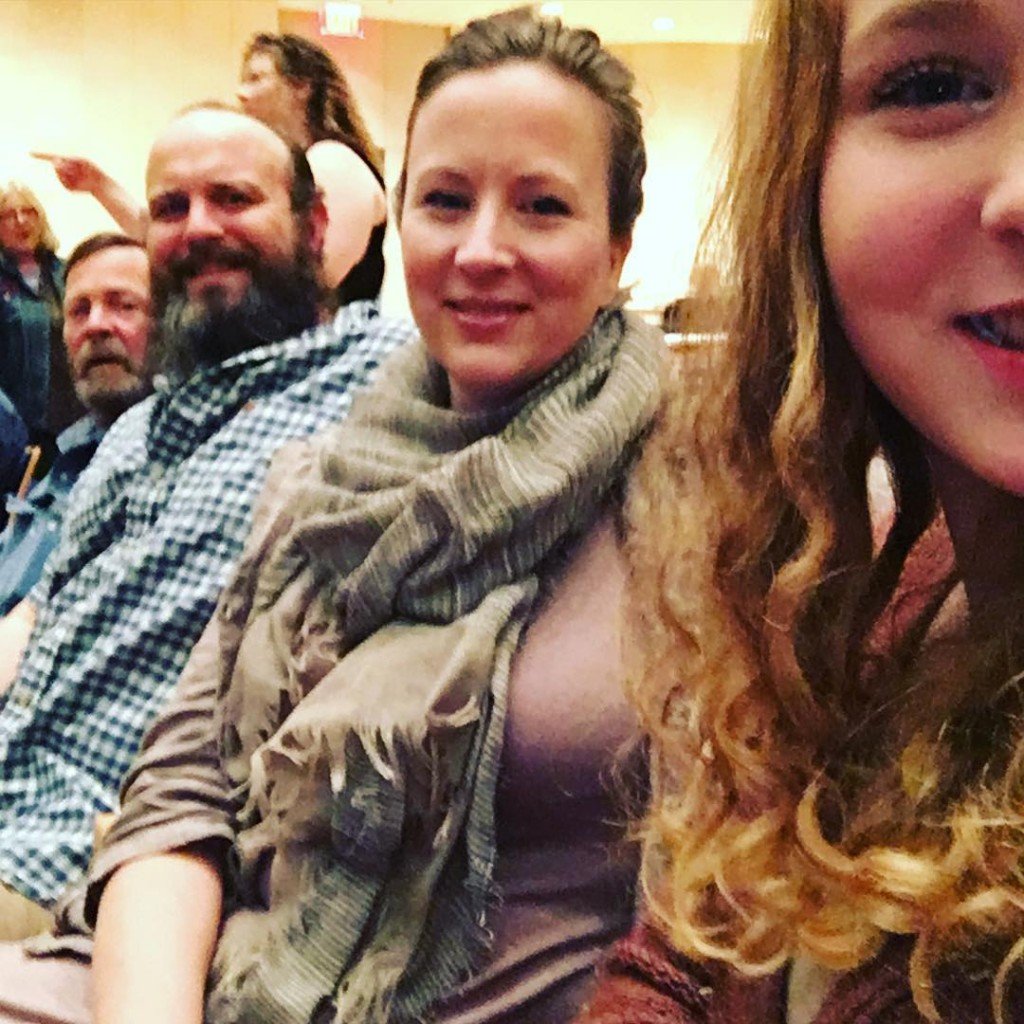
The Truth Farms CSA crew: Steve, Caleb, Jodie, and Adeline
